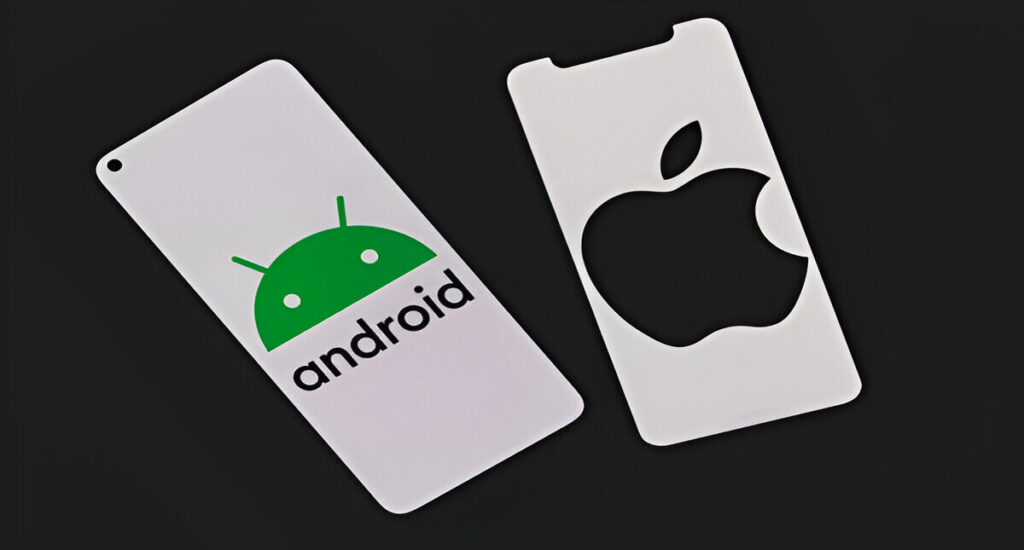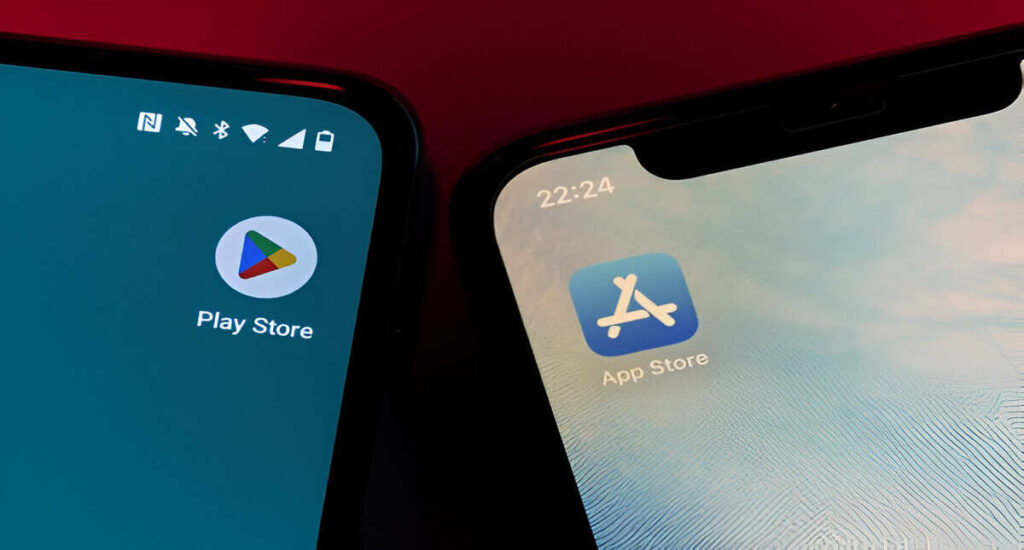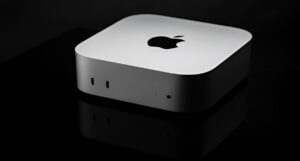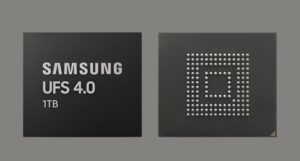Developing mobile apps is a great way to enter the tech industry, build useful products, and even make money online. But before you begin, you need to decide which platform to focus on: Android and iOS. Both are powerful and widely used around the world. However, the process of building apps for them is very different. This article explains the key differences between Android and iOS development in a simple way that beginners can understand.
Platform Overview
Android development focuses on apps that run on Google’s Android operating system. These apps work on smartphones and tablets made by companies like Samsung, OnePlus, Xiaomi, and Motorola. iOS development is all about creating apps for Apple devices, including the iPhone, iPad, and iPod Touch. While Android is open-source and available on many devices, iOS is closed and only runs on Apple’s own hardware. This creates a very different experience for both developers and users.
Programming Languages

One of the biggest differences between Android and iOS development is the programming language used. Android apps are mainly written in Java or Kotlin. Java is one of the oldest and most popular programming languages, while Kotlin is a newer language that is easier to use and preferred by Google for modern Android development. In contrast, iOS apps are built using Swift, a programming language created by Apple. Swift is fast, safe, and beginner-friendly. In the past, developers also used Objective-C, but Swift is now the top choice for iOS development.
Development Tools
Another important difference is the software used to build the apps. Android developers use Android Studio, which is Google’s official development environment. It works on Windows, macOS, and Linux, making it flexible for most users. iOS developers use Xcode, which is Apple’s official development software. Xcode only runs on macOS, so you need a Mac computer to build and test iOS apps. This can be a challenge for new developers who don’t own a Mac.
App Design and User Interface
The way apps look and feel is also different between Android and iOS. Android apps follow design rules known as Material Design. This style uses bold colors, smooth animations, and clear layouts. iOS apps follow Apple’s Human Interface Guidelines, which focus on simplicity, clarity, and depth. As a result, buttons, navigation styles, and screen transitions can look very different between the two platforms. Developers must understand these design standards to make apps that feel natural to users.
Testing and Device Compatibility
Testing is a big part of app development, and it works differently for Android and iOS. Android apps must be tested on many different devices with various screen sizes, features, and hardware levels. Since Android runs on phones from many different brands, developers must make sure their app works well on all of them. iOS apps are easier to test because they only need to support a few devices, like the latest iPhones and iPads. Apple controls both the hardware and software, so there are fewer surprises during testing.
Publishing Your App

After building and testing your app, the next step is publishing it. Applications for Android are released on the Google Play Store. The process is usually quick and simple, and the approval time is short. iOS apps are published on the Apple App Store, which has a more detailed review process. Apple checks every app carefully to make sure it meets quality and security standards. This review can take a few days. While the Apple App Store is stricter, it also gives users a sense of trust and safety.
Development Cost and Revenue
Cost is another factor to consider. Android development is generally more budget-friendly. The tools are free, and publishing an app on the Google Play Store requires a one-time fee of $25. iOS development can be more expensive. You need a Mac computer, and you must pay $99 every year for an Apple Developer account. However, many developers believe that iOS users are more likely to spend money on apps, which can lead to higher earnings.
Market Share and Audience
Finally, it’s important to know who your audience is. Android has a larger global market share, especially in developing countries. This means your app can reach more users. iOS is more popular in North America, Western Europe, and other high-income regions. iOS users also tend to spend more money on apps and in-app purchases. If your goal is to earn money through your app, iOS might offer better opportunities, even though it has fewer users overall.
Conclusion
Choosing between Android and iOS development depends on your goals, your budget, and the tools you are comfortable using. Android offers flexibility, a larger user base, and easier access for new developers. iOS offers better performance, strict quality control, and users who are more likely to pay for apps. Both platforms have their pros and cons. Understanding the key differences will help you make the best decision for your mobile app journey. Follow for more updates on Tech Education.




